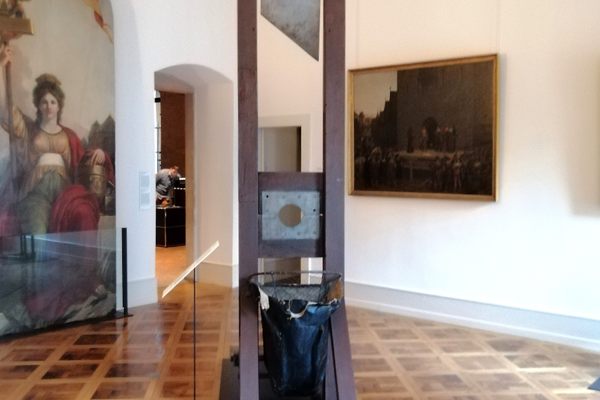AO Edited
Tatsunokuchi Execution Grounds
A major Japanese execution ground site from the Middle Ages.
Founded in 1337, Ryūkō-ji Temple is located atop a hill overlooking Enoshima Island. The name, also read as Tatsu-no-kuchi, means “dragon-mouth” in Japanese, referring to the local legend of a dragon whose body formed the terrain.
In the Middle Ages, from the Kamakura period (1185–1333) to the Muromachi period (1336–1573), the site served as major execution grounds. It is particularly famous for the Tatsunokuchi Hōnan incident, in which Buddhist saint Nichiren was nearly beheaded here in 1260 but spared when an orb of light came flying from Enoshima and distracted the executioner.
Notable executions done at Tatsunokuchi include those of To Seichu, an ambassador from the Yuan state, as well as the rebel samurai Hōjō Tokiyuki. Historical records also mention numerous executions and “head identifications” done in Katase and Koshigoe, possibly referring to the site.

















Follow us on Twitter to get the latest on the world's hidden wonders.
Like us on Facebook to get the latest on the world's hidden wonders.
Follow us on Twitter Like us on Facebook